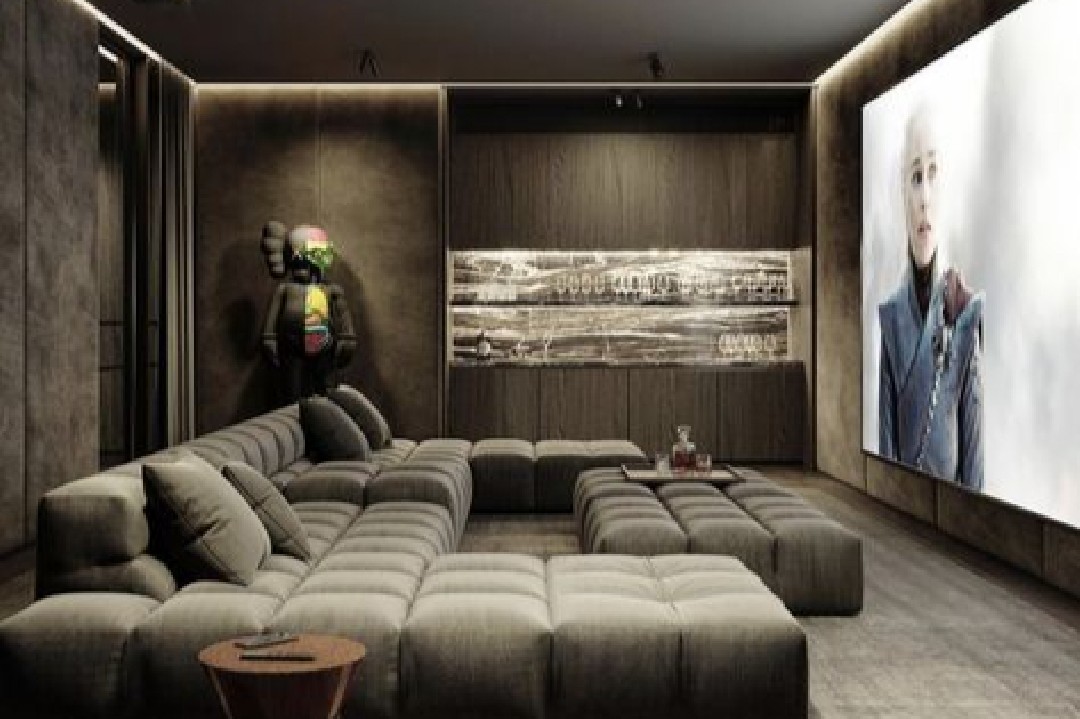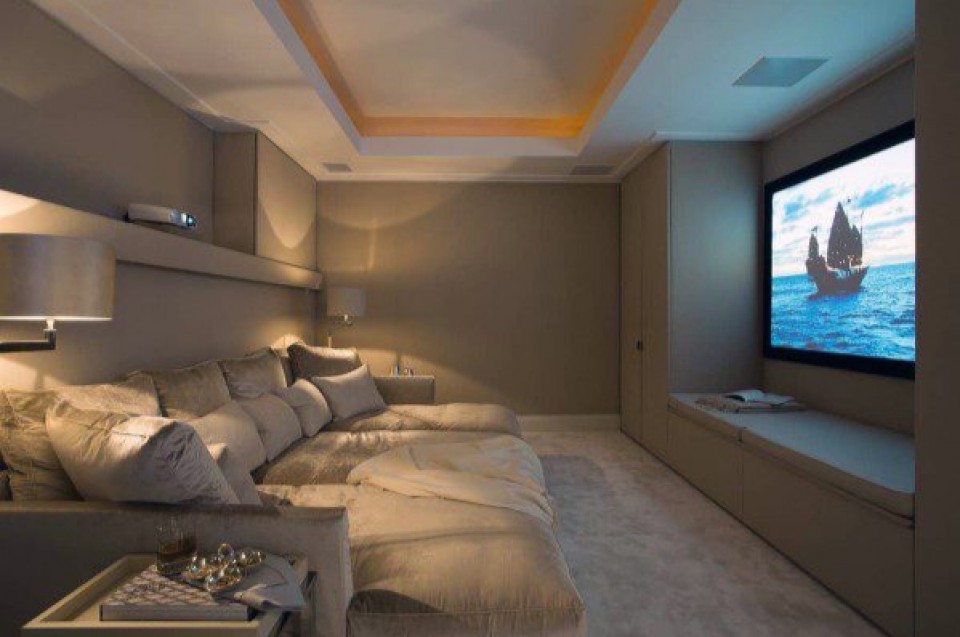5 Steps to Design a Home Theater in Your Home! Make Watching Movies Even More Exciting!
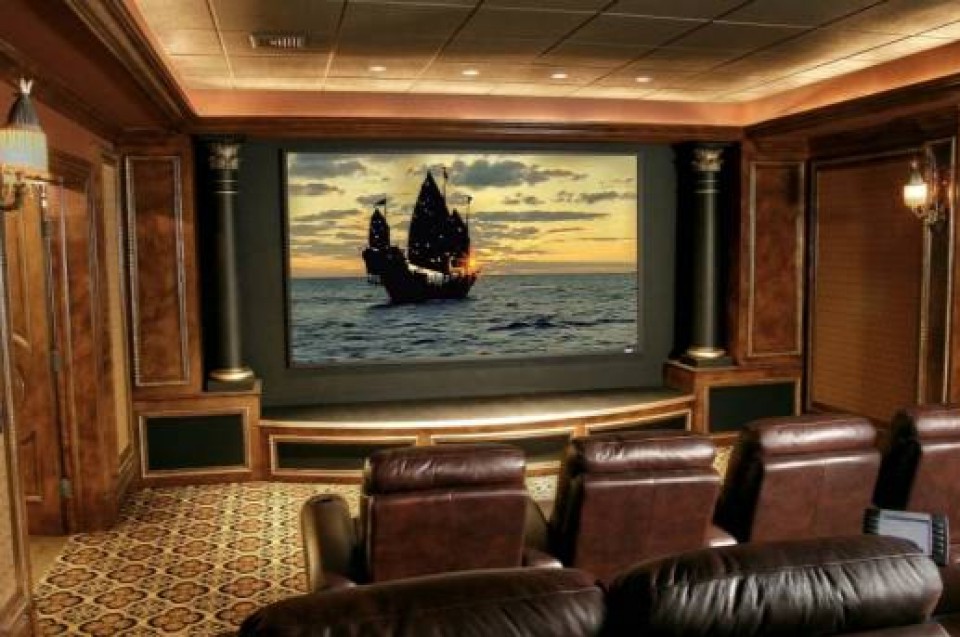
Having a home theater in your house is undoubtedly something desired by those who love watching movies. It provides a cozy and exciting atmosphere within a dedicated room for watching films, offering a new cinematic experience. If you're unsure about how to design or choose equipment for your home theater room, here's how to plan a space in your home for a home theater:
1. Create a Home Theater Design Plan
Designing a home theater involves several considerations, such as the location and size of the room in your house. Decide whether you will repurpose an existing room or build an additional space for your home theater. Determine the room layout and its requirements.

Some characteristics of an ideal home theater include:
- Having a large room size.
- Minimal openings in the room.
- Adequate interior lighting rather than external light sources.
- Isolation from noisy rooms or neighbors.
- High ceilings if you plan to install a projector on the ceiling.
- Soundproofing.
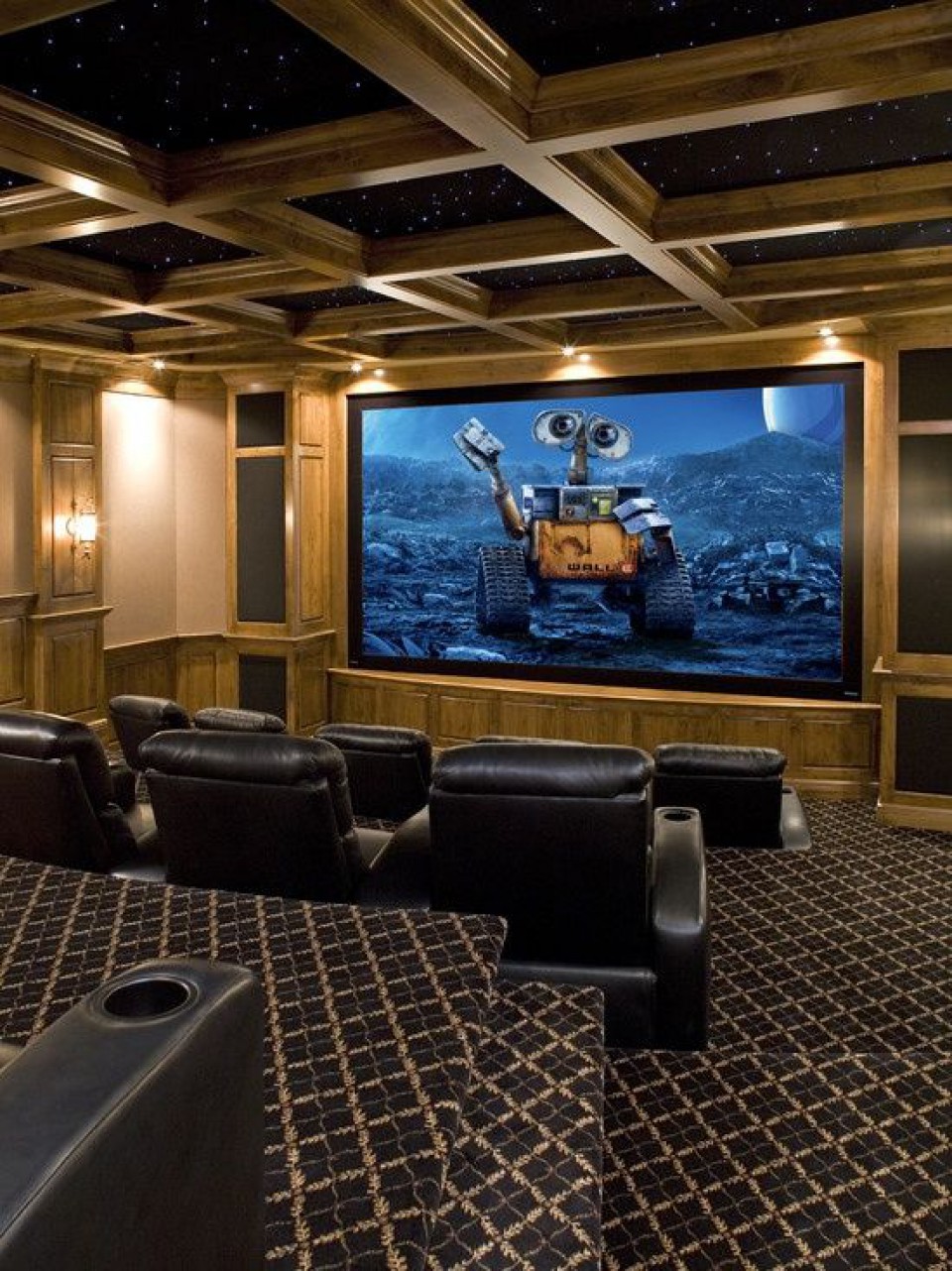
It's essential to plan a home theater that fits your budget and is ideal for your home, so there are many considerations in the planning process. The plan will differ depending on whether you're using an existing room or building a new one.
2. Choose a Home Theater Concept
Once you've determined the location and size, you should consider the concept or theme you want for your home theater. You can draw inspiration from various concepts and themes, making sure they align with the overall design of your home. Concepts can range from modern and vintage to elegant.

3. Select Audio and Visual Equipment
After planning the design and layout, it's crucial to choose the audio and visual equipment for your home theater. With advancing technology, you have numerous options to enhance your viewing experience. Consider items like screens (projectors or flat screens), speakers, remotes, and cables.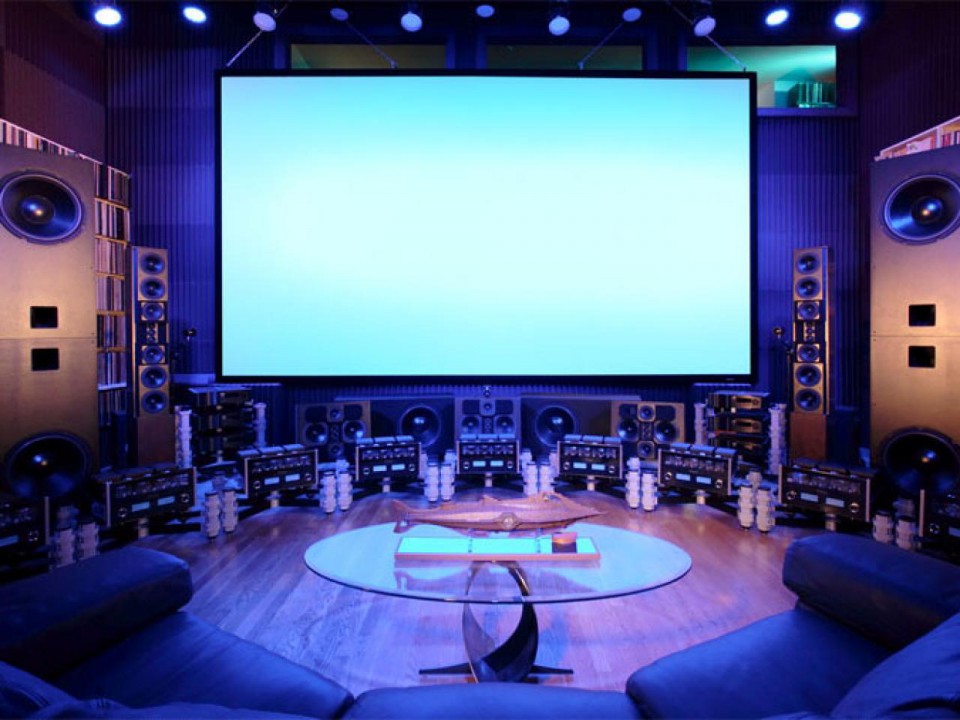
Choosing between a projector and a flat screen will provide different viewing experiences. Each has its advantages and disadvantages. Many people prefer projectors for home theaters because of the large screen size they offer, which can cover an entire wall, providing a cinematic experience.
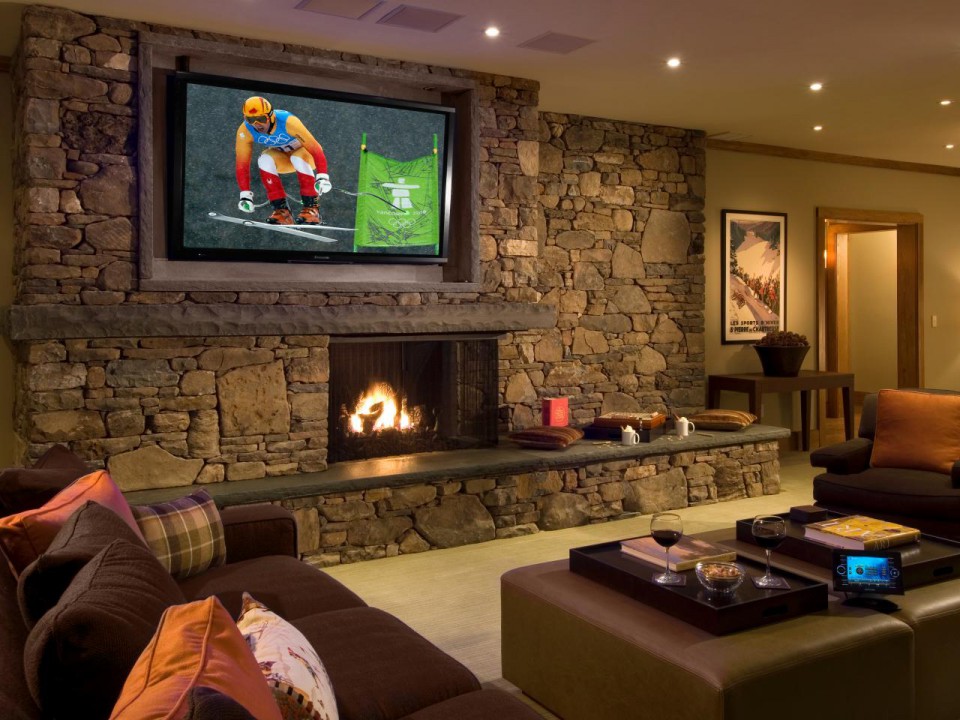
Flat-screen TVs also come in various sizes with excellent picture quality. They are easy to install and suitable for rooms with lower ceilings.
4. Create the Home Theater Atmosphere
Design the room with soundproofing materials for the walls, appropriate lighting, and comfortable furniture. Soundproofing will help create an immersive audio experience without disturbing other areas of the house.

Lighting should focus on creating a dark, theater-like atmosphere, with subtle wall and ceiling reflections to avoid glare. Choose pendant lights that don't directly shine on the screen or seating.
5. Complete the Home Theater Construction
Once you've planned, selected, and started your project, it's advisable to work with professionals in their respective fields. Working with experts ensures quality and safety. Professionals can provide advice on design, materials, and room modifications.
Additionally, professionals are well-equipped to handle potentially hazardous tasks such as electrical work and electronic installations.
By following these steps, you can create a fantastic home theater experience that fits your preferences and your home's design. Enjoy your movie nights in the comfort of your own home!
source: mendesain home theater


